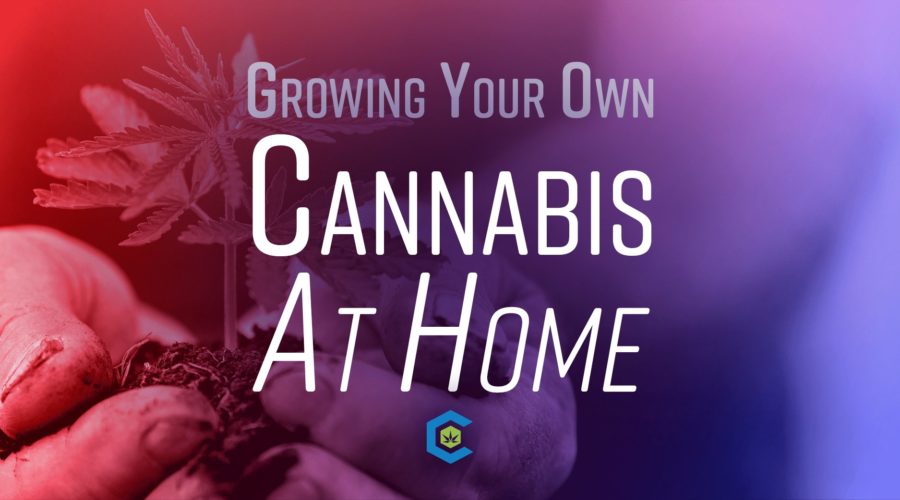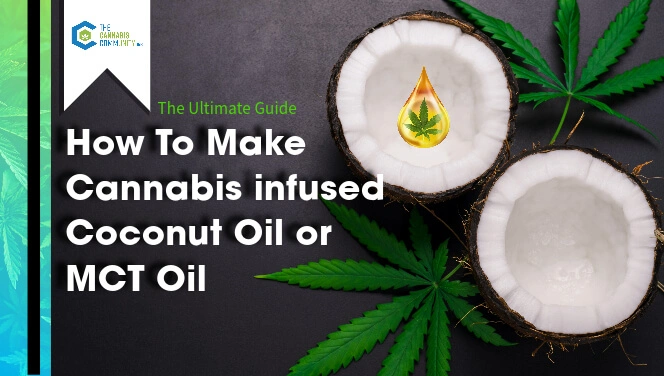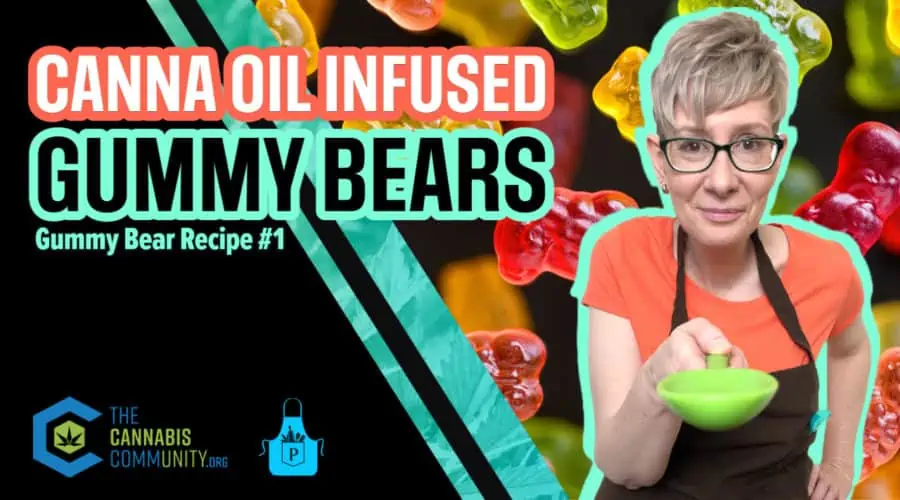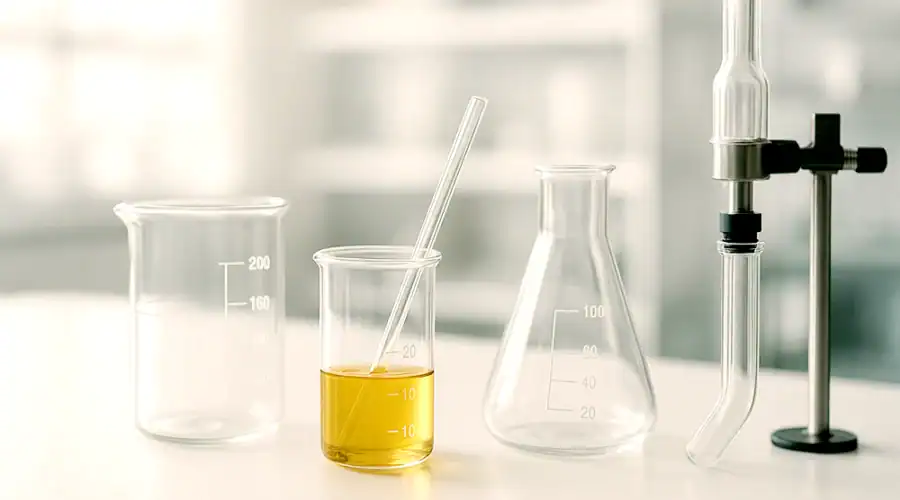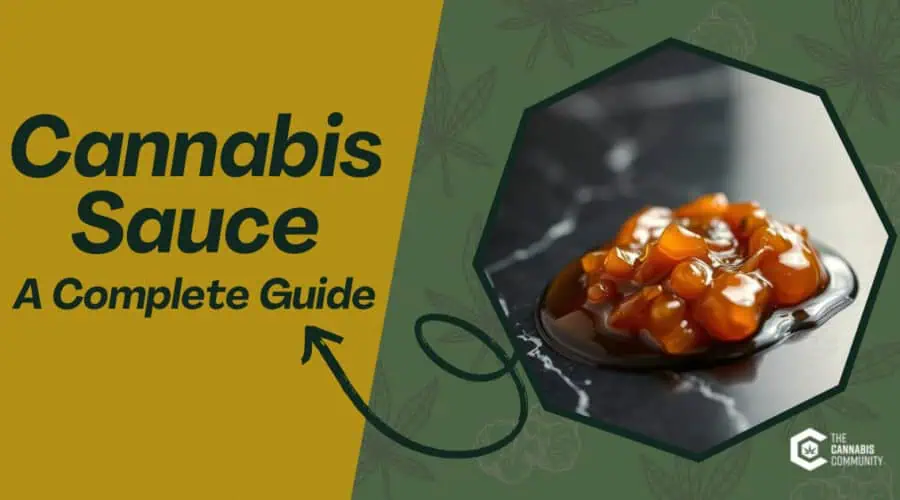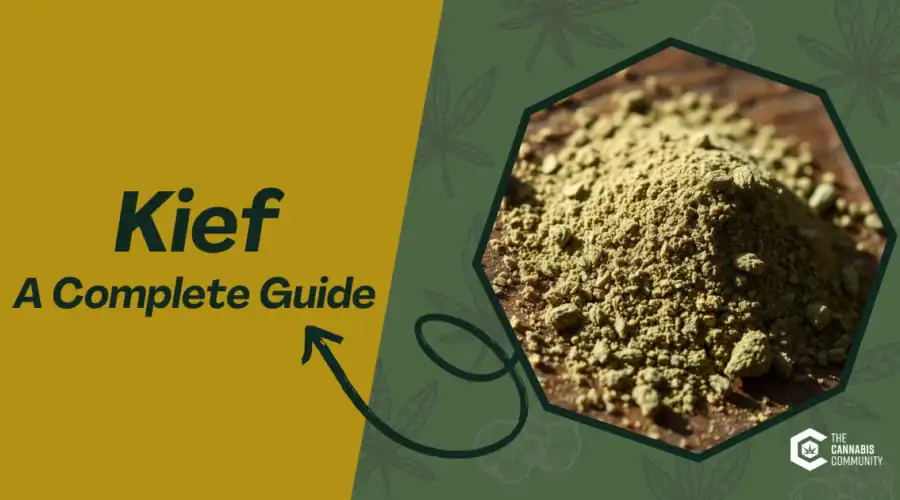Why You Should Consider Growing Your Own Cannabis
Table of Contents
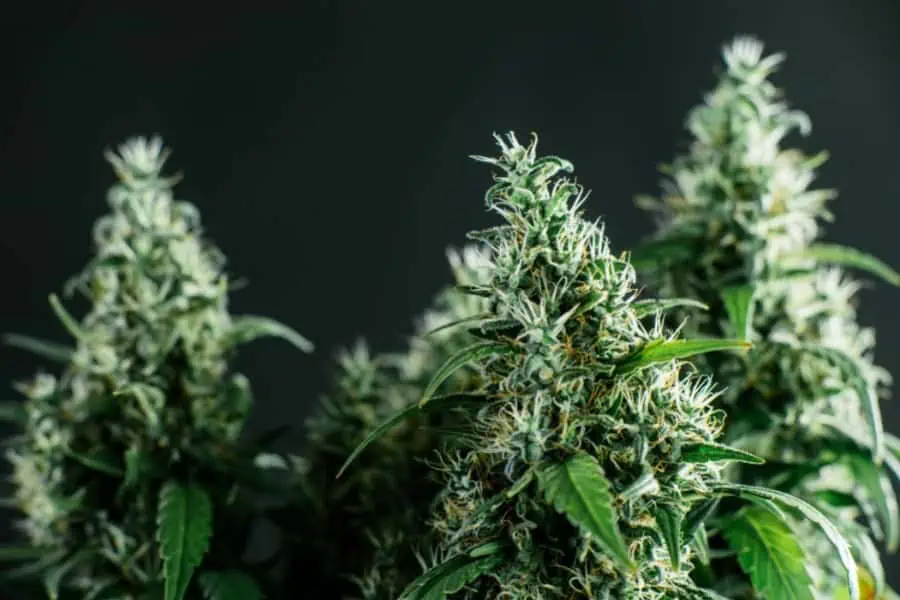
Growing Your Own Cannabis
Is cannabis cultivation losing its edge? According to the DEA, the Domestic Cannabis Eradication/Suppression Program has helped identify and eliminate cannabis grow sites throughout the United States since 1979.
In 2018, the program eradicated seven indoor and thirteen outdoor cultivation sites in Illinois, seizing approximately $5,273.00 in assets—these numbers have declined since 2011, according to the program’s annual reports.
It appears that the future generation of home growers will never experience the anxiety and paranoia that was once intrinsic to growing cannabis, and that’s a good thing.
While cannabis cultivation remains federally illegal, in 2020, Illinois residents 21 years of age or older registered patients under the Compassionate Use of Medical Cannabis Pilot Program Act will be allowed to grow five plants per household for personal use.
Some qualifying patients might be weighing home growing as an option but are concerned about physical limitations, time, or how much it might cost.
Other folks may be considering obtaining a medical card to try it legally. Without a medical card growing five plants is a civil violation punishable by a minimum fine of $100 and a maximum fine of $200.
Recently, we’ve heard a lot about flower shortages and increasing prices in Illinois. One way to protect yourself is to grow your own cannabis.
Learning the art and science of cannabis cultivation is the first step to building your cannabis sovereignty. Take control of your medicine, and learn to grow!
Growing Your Own
So what does it take to grow your own cannabis? With careful planning, understanding the basics, time, and determination, anyone can learn to grow their own.
If you are contemplating whether home growing is worth your time, below are a few things to consider when growing cannabis.
If you’re starting from scratch, it’s first important to understand grow location requirements and consider any space limitations.
Location
Per the Illinois Cannabis Regulation and Tax Act, your grow location must be an “enclosed, locked space” out of ordinary public view.
An enclosed, locked space may include a residential building that is your primary residence or a structure on the same plot, such as a shed or greenhouse, which will remain locked while unoccupied.
Selecting a growing location is the first step to setting up your first successful, compliant grow.
Space
Space may be one of your biggest constraints, especially when growing in an urban area or studio apartment.
Providing adequate space for your plant, as well as proper airflow and light distribution, will help promote healthy growth.
Growing smaller plants or fewer than the allotted maximum of five plants within smaller enclosures may be beneficial.
Basements or other cool, dry, dark places tend to improve growing spaces. Other parameters to consider are room daytime and nighttime temperatures, relative humidity during night and day, and potential for outside light penetrability during the dark period.
In the absence of a grow room, a grow tent is often used to contain and protect the grow.
If using a tent, consider the best location to place it as it will stick out in plain sight, generate heat and noise, and house equipment that will need safe, undisturbed access to electricity.
Potential Equipment
After choosing your desired grow location and the number of plants you wish to grow (1-5), the next step will be to consider potential equipment needs.
- Grow Tent: Grow tents come in different sizes. The appropriate size will depend on your available space and how many plants you choose to grow. A grow tent will contain vegetation and prevent unwanted light and other disturbances from interfering with the grow operation. Alternatively, your grow room can be an entire room, a shed, or greenhouse.
- Lighting: Indoor cultivation is entirely reliant on artificial or supplemental lighting. Artificial lights, typically a variation of high-intensity discharge (HID) lamps, including: High-Pressure Sodium (HPS); Metal Halide (MH); and Ceramic Metal Halide (CMH); and Light Emitting Diode (LED) lights or Compact Fluorescent Lights (CFL), allow indoor plants to sustain photosynthesis. Lights can also be a major source of heat which must be mediated with a proportional ventilation system. Choose the light wattage based on the grow size, considering watts or lumens/square foot of canopy.
- Adjustable Light Hangers: It’s important to adjust light height throughout the growth of plant. If the light source is too far away the plants will stretch to “find” the light. Stretching leads to lanky stems that may have difficulty supporting the weight of the plant. If the light source is too close the light may burn the plants. Ensure that all plants receive ample or maximum light without causing excessive heat.
- Ventilation System/Ducting/Filter: Provide ventilation for the growing environment by forcing hot air out and bringing cooler air in. Push air through a carbon scrubber to filter out odor-causing particles. A small system with a vortex fan, ducting, and carbon air filter will typically suffice for a grow tent. Larger rooms may require a custom HVAC system.
- Ballast: Provides power to HID lights. The ballast wattage should be rated for the wattage of your lights. A dimming ballast can be beneficial to adjust light output. Ballasts emit heat and should be placed outside of a grow tent.
- Circulating Fans: Forces ambient air to circulate within the environment, distributing heat and promoting plant transpiration.
- Power Strip/Extension Cords: Keeps electrical components away from areas that may contain water spills. Ensure all electrical plugs are securely connected and clean. Do not daisy chain extension cords.
- Timer: Turns ballast and lights on/off for an appropriate vegetative or flowering period. Use additional timers for other equipment as needed.
- Temperature and Humidity Meter: Accurately measure room temperature and humidity.
- PH Meter: Needed to measure the pH of water and runoff water.
Growing Within Your Budget
It’s entirely possible to plant a random seed, expose it only to natural sunlight, and use regular plant nutrients to grow at little or no cost. It’s also possible to spend over $5,000 on your first grow.
Your equipment setup will largely depend on your budget constraints, ambitions, experience, and desired time dedication.
Example Budgets
Bootstrapped: $0
Low budget: $250-$300
Average: $500-$600
High: $1,500+
Regardless of your budget, if you plan to start your first grow, properly set up your grow room before germinating your seeds.
Why Home Grow?
Besides experiencing the joy of consuming your homegrown cannabis and knowing exactly what goes into your plant, developing a community of growers and meeting new people can be one of the best things about home growing.
Whether your goal is to dabble in cannabis growing, offset your current consumption costs, or grow the biggest buds possible, there is room for everyone in the home grow community.
Home Grow Chicago’s growing workshops are designed for first-time growers and guide those new to indoor cultivation through the fundamentals of growing cannabis plants for personal use. If you are wondering where to begin, consider signing up for their workshops.
Want to Grow at Home? Get Your Medical Cannabis Card
Enjoyed This Content? Read More:
-
How to Make Cannabis-Infused Coconut Oil or MCT Oil: Crockpot Recipes
In this guide, you’ll learn how to make cannabis-infused coconut oil or MCT oil, decarboxylate cannabis, or choose to infuse cannabis into any oil of your choice.
-
How to Make THC Gummy Bears with Canna Oil
This is a great no-fail recipe for beginners. The corn syrup in this recipe will help your gummy bears have that nice and chewy texture we’ve all come to love.
-
Understanding Hemp Concentrate Extraction Methods
Hemp extraction processes are essential for creating a variety of cannabis concentrates. Each method, from solvent-based to rosin pressing, contributes uniquely to the final product’s quality and characteristics. Hemp plants are rich in cannabinoids and terpenes, which are extracted through various methods to produce concentrates. These processes are crucial for maintaining the integrity and potency…
-
What Is Cannabis Concentrate Sauce? A Guide to Terpene-Rich THC Extracts
Learn what terp sauce is — a potent cannabis extract rich in terpenes and flavor. Explore top concentrates and find your next favorite cannabis product.
-
What Is Kief? Benefits, Uses, and How to Collect This Potent Cannabis Concentrate
Kief is a potent cannabis concentrate made from cannabis flower trichomes. Discover how this hash-like extract is collected and used & why fans love it.

